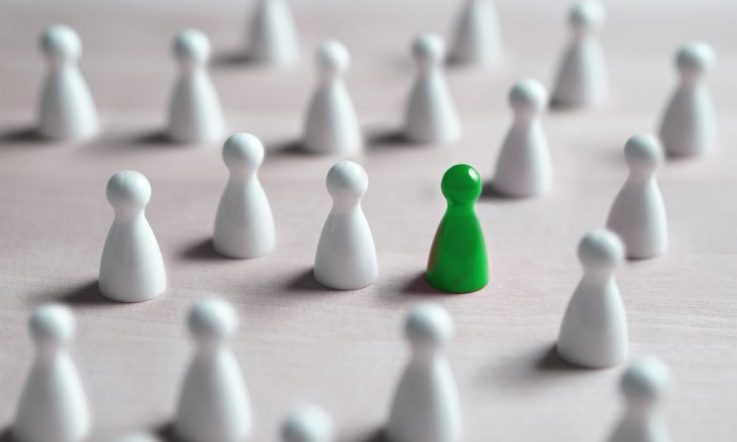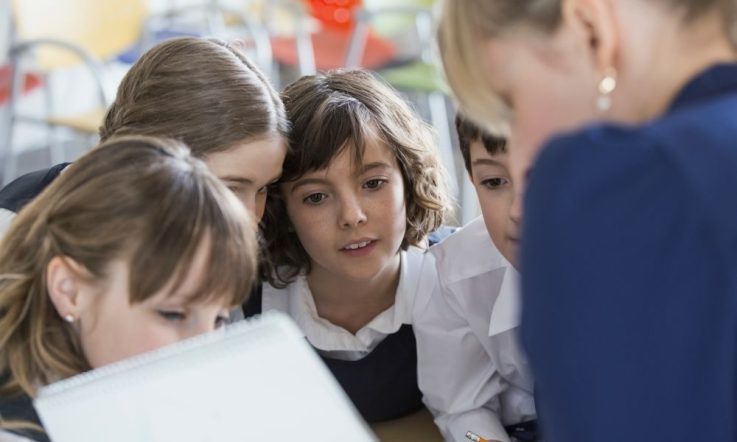As an educator deeply committed to the holistic development of my students, I have witnessed the transformative power of nurturing their emotional wellbeing.
Creating a supportive learning environment is not just a goal – it's a guiding principle that shapes every interaction, lesson, and initiative with my grade 8 students (aged 12 and 13). Here are some examples of what’s having a positive impact in my context.
Mindful Moments with Ms Anuradha
Every morning, we start our day with Mindful Moments – a time dedicated to grounding ourselves through deep breathing exercises and reflective journaling. As students settle into their seats, I guide them through a brief meditation that lasts 8 to10 minutes, encouraging them to let go of any worries or distractions and focus on the present moment. I’ve found that these moments of stillness set a positive tone for the day and help students cultivate a sense of calm and focus.
Empathy workshops and peer support circles
Recognizing the importance of empathy in building a supportive community, students come together to share their struggles, triumphs, and feelings in a safe and non-judgmental space. Through open and honest conversations, students learn to listen with compassion, offer support to their peers, and build meaningful connections. Open-ended questions are asked in the classroom, fostering deeper understanding and communication.
The skills they develop through initiatives such as the listening corner and SEL (Social and Emotional Learning) adventures are put into practice during support circles. Our peer educator program and buddy system further help students develop these essential skills at a young age.
SEL adventures: Learning through emotions
In my classroom, and at DLF Public School, social-emotional learning (SEL) is not just a curriculum – it's a way of life. I integrate SEL activities and discussions into our lessons to help students develop essential skills such as self-awareness, emotional regulation, and relationship building. Whether we're exploring characters' emotions in prose or a poem, or practising conflict resolution through role-playing, I see every lesson as an opportunity for students to grow emotionally and socially.
The Listening Corner
Inspired by the need for a listening ear in a fast-paced world, I created this cosy nook in the classroom where students can retreat when they need a moment of solace or support. Equipped with comforting chair, and a stack of inspirational books in our class library, The Listening Corner serves as a sanctuary for students to reflect, recharge, and seek guidance during challenging times.
Kindness campaign
In 2016, aligning with DLF Public School’s culture, I launched a Kindness Campaign aimed at instilling a culture of kindness and compassion in our school community. Central to this initiative is the Goodwill Piggybank, a box kept in the classroom where students can place notes to appreciate the efforts of their peers who have extended a helping hand or shown compassion. This allows students to recognize and acknowledge each other's kindness and support.
The box is opened once a week, and while participation is not mandatory, students are encouraged through recognition every time it is opened. From writing uplifting notes to classmates to volunteering at local shelters, students are encouraged to perform random acts of kindness both inside and outside the classroom. Through these activities, they embrace the joy of giving and discover the profound impact of simple acts of kindness on their own and others’ wellbeing.
Whole-school initiatives
At the core of DLF Public School’s approach is the innovative implementation of SEL initiatives, fostering compassion, gratitude, and environmental stewardship among students.
One of the standout features is the Happy Fridge. Students actively participate in donating food items to the fridge, which are then distributed to those in need within the community. This not only teaches the value of empathy and generosity, but also instils a sense of responsibility towards addressing food insecurity.
At our school, we have a remarkable Peer Educators Program where students are empowered to address prevalent and relevant topics facing teenagers today. These peer educators, who are students themselves, create awareness about issues like mental health, family dynamics, bullying, cyberbullying, and emotional wellbeing. They serve as approachable figures whom their peers can turn to for support and guidance during times of need, guided by school counsellors.
These peer educators are chosen by school counsellors from each class after an interview session, ensuring that they possess the necessary empathy, maturity, and communication skills to effectively fulfill their roles.
They visit every class each month to engage their fellow students in discussions and provide valuable insights. They also conduct presentations and sessions on various topics, shedding light on the importance of mental health, respectful behaviour, and online safety.
Through this program, students not only learn from their peers but also feel more comfortable discussing sensitive topics and seeking help when necessary. We have found that it creates a supportive environment where everyone feels heard and understood, contributing to a healthier and safer school community.
Beyond the confines of the school walls, DLF Public School also champions various community service projects focused on environmental sustainability. Students actively engage in initiatives such as water conservation and plastic recycling. Through hands-on activities and awareness campaigns, they learn the importance of preserving natural resources and reducing pollution, thereby becoming responsible global citizens.
Final thoughts
Through all these initiatives and personal touches, I strive to create a nurturing and inclusive learning environment where every student feels seen, heard, and valued. By fostering emotional resilience, empathy, and self-awareness, I aim to empower my students to navigate life's challenges with grace and courage, knowing they have a supportive community to lean on.
This community includes helpful and supportive peers and teachers who celebrate every learner by providing emotional support through open discussions and extending a helping hand in times of need. Additionally, a kind, compassionate, and good listener teacher can bring a great difference to a classroom, making it a safe and supportive space for all students.
With a colleague, or group of colleagues, make a list of the strategies that you employ to foster students’ social and emotional skills. How do you measure the impact of these strategies? What more can be done in your own school or classroom to create a safe and supportive environment?



